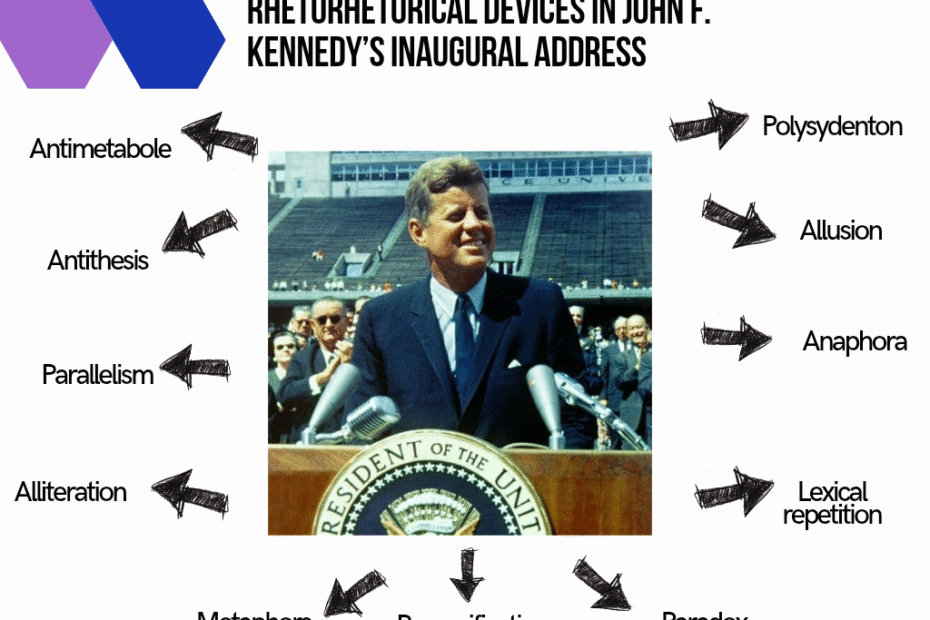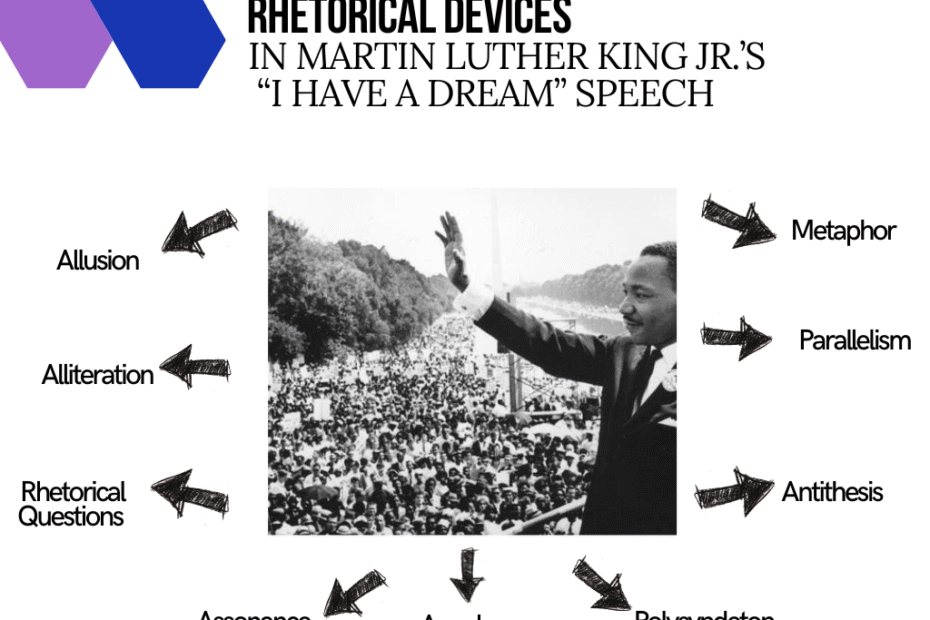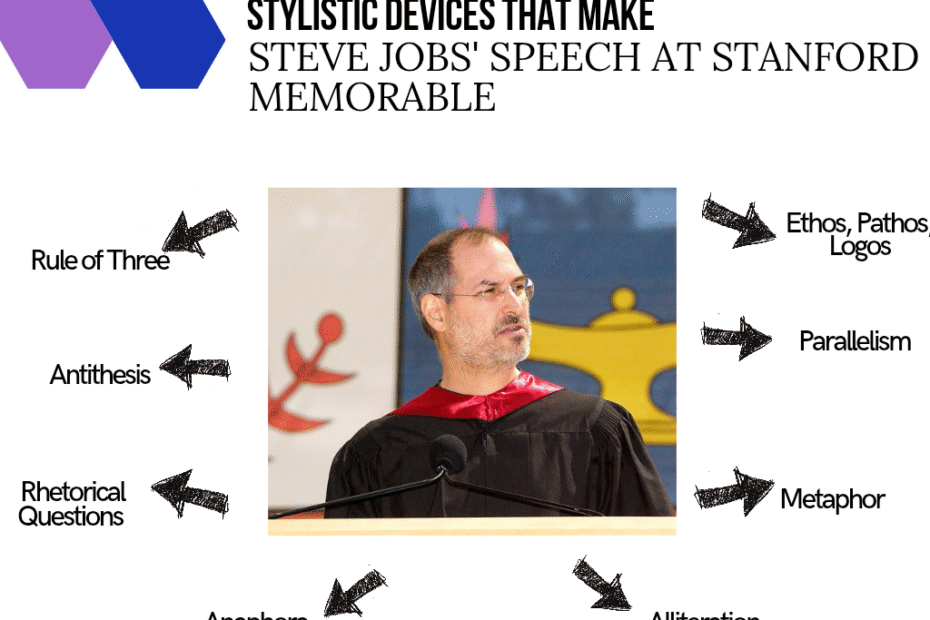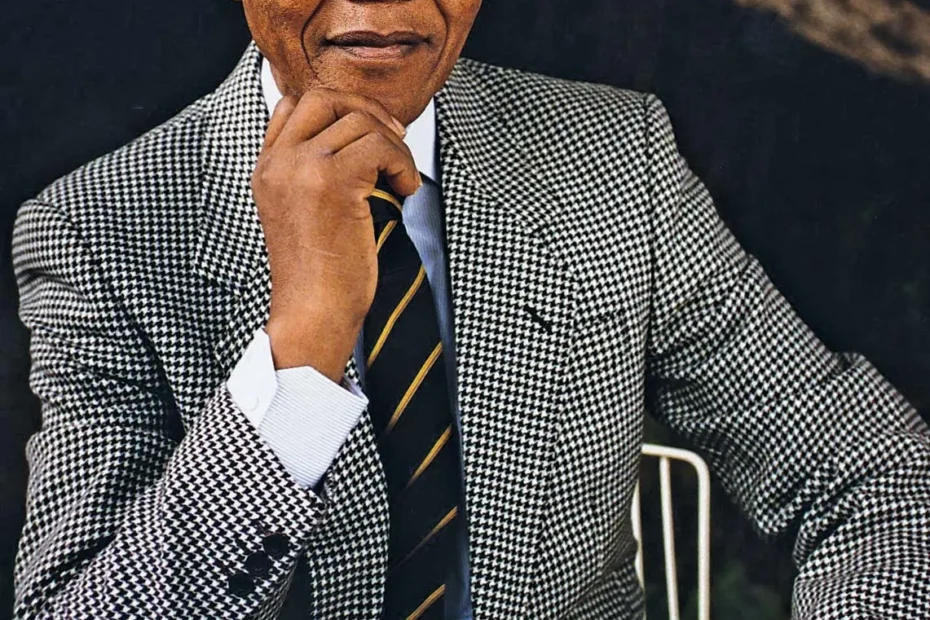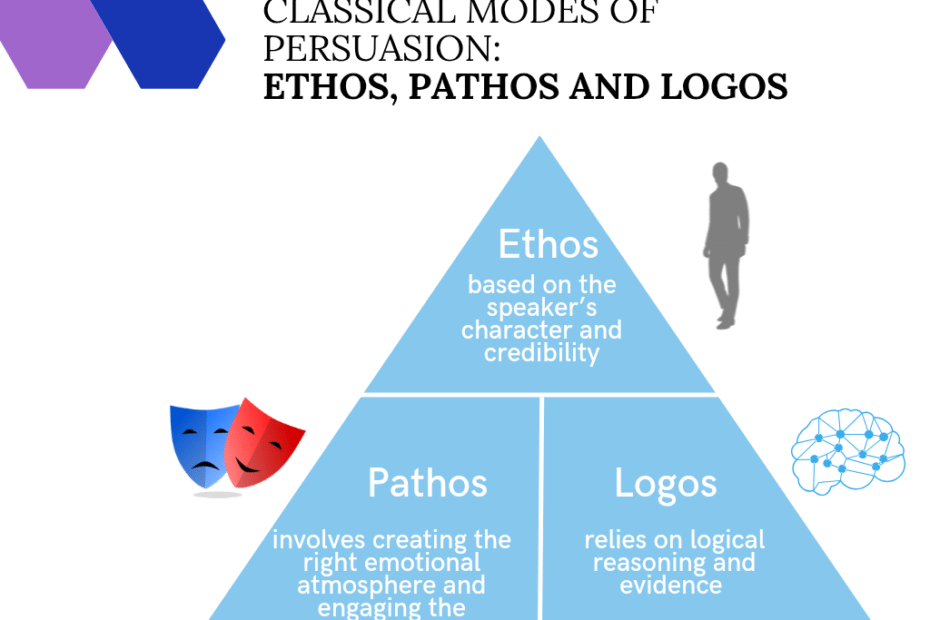John F. Kennedy’s 1961 Inaugural Address: Rhetorical Analysis, Summary, and Historical Impact
It’s time to take a closer look at the iconic inaugural address delivered by U.S. President John F. Kennedy in 1961. His life and tragic death have become the subject of countless books, films, and conspiracy theories — but what stands behind the image of this legendary political figure?
